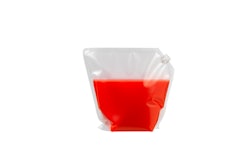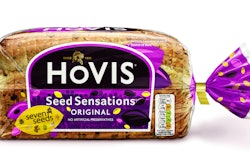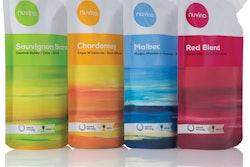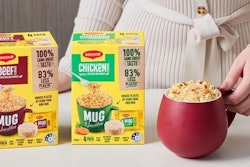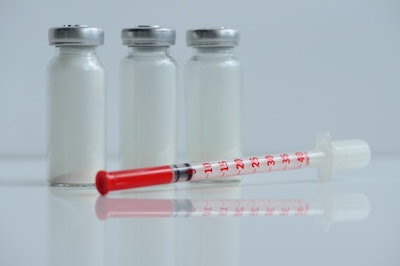
Primary containers will make up two-thirds of the total, with the remainder generated by closures, secondary containers, labels, and other packaging accessories.
“Led by prefillable syringes, vials, and premixed IV systems, parenteral containers will post the fastest growth in both revenue and unit demand as new injectable and infusion therapies based on biotechnology and other advanced life sciences are introduced into the marketplace.” notes Bill Martineau, Analyst with The Freedonia Group, Inc., a Cleveland-based market research firm.
“Demand for these containers will exceed that for blister packaging and will generate the second-largest share of value demand among primary pharmaceutical containers in 2018,” he says.
These and other trends are presented in Freedonia’s new study, “ Pharmaceutical Packaging Product.” The study reports that plastic bottles will continue to record the largest demand among primary pharmaceutical containers, reflecting usage in the bulk and prescription dose packaging of oral ethical drugs and the packaging of solid dose oral over-the-counter medicines in large quantities.
Blister packaging will remain the leading competitor to plastic bottles in solid oral drug applications and, overall, will post above average revenue growth based on adaptability to unit dose and clinical trial dosage formats with expanded label content, high visibility, and built-in track-and-trace features.
The value of demand generated by prefillable inhalers will expand somewhat faster than the overall average of primary pharmaceutical containers as the devices build applications in the delivery of asthma, COPD, and, most recently, insulin therapies.
By contrast, the market for pharmaceutical pouches will grow at a slightly below-average pace as uses remain limited to the unit-dose packaging of transdermal, powder, and topical medicines. The market for glass pharmaceutical bottles will decrease as plastic bottles and blister packs continue to replace glass in oral drug packaging applications. Dispensing closures, parenteral stoppers, security-enhanced labeling, and intelligent components will see the fastest revenue growth of pharmaceutical packaging accessories.
The 344-page Pharmaceutical Packaging Products study is available for $5,300 from The Freedonia Group, Inc., by contacting Corinne Gangloff by phone 440.684.9600 or e-mail [email protected].
